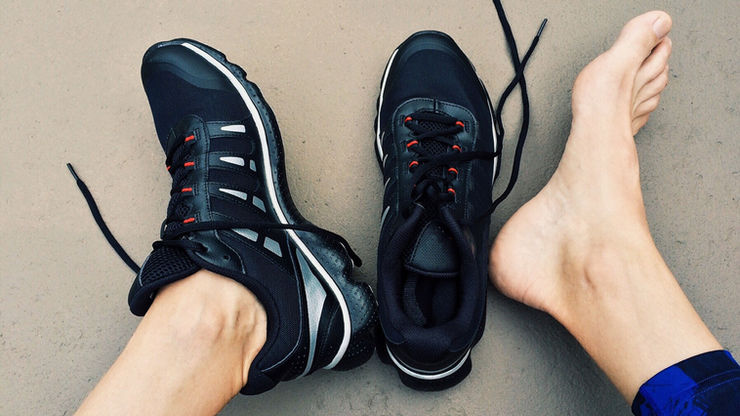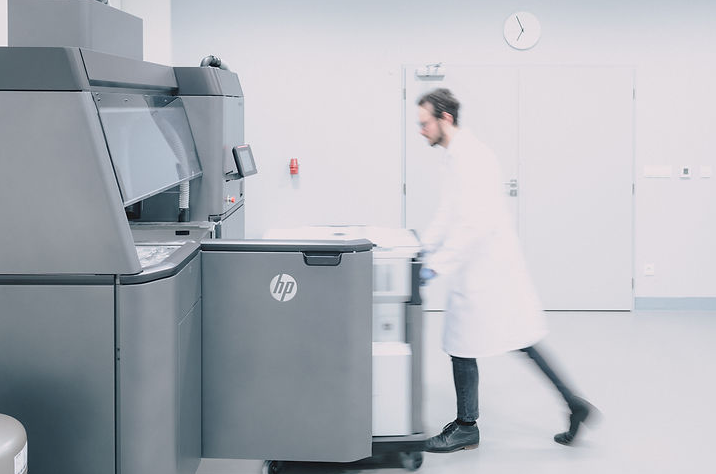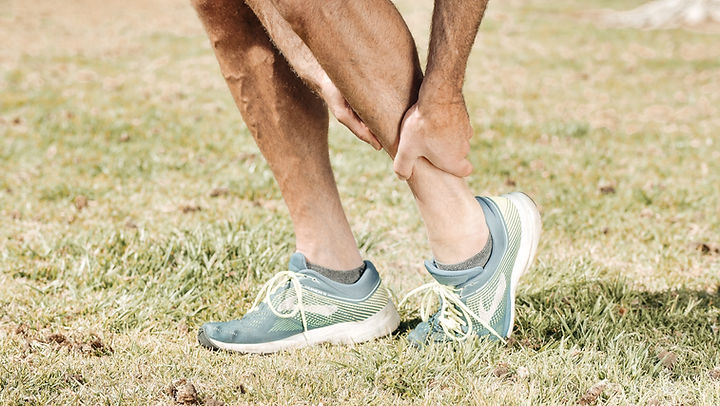Are Foot Orthoses Worth it?

The current worldwide market for foot orthoses is reported to be worth around 3 to 4-billion-dollars. Foot orthoses come in many different forms from different sources. They can be bought on Amazon for a small price and you can buy them from health professionals for several hundreds of pounds.
First up let’s talk terminology:
- Podiatrist/ Orthotist – Clinicians who prescribe orthoses
- Orthotics – describes the specialism
- Orthosis – a single orthotic device
- Orthoses – more than one orthosis, e.g., a pair of foot orthoses
Why Do We Use Foot Orthoses?
- Orthoses are commonly prescribed by clinicians for conditions such as:
- Tibialis posterior tendonopathy
- Plantarfasciopathy
- Medial tibial stress syndrome (shin splints)
- Metatarsalgia
- Patellofemoral pain
Orthoses are prescribed in relation to symptoms, and if there is a specific target they can affect. A thorough history is always important to establish general health status, activity level and work environment. Don’t be surprised to be asked about your sleep or diet, these all have effects on our bodies and can contribute to injuries. From the physical/biomechanical exam the clinician is able to establish if there is a role for an orthosis to help with the symptom.
The prescription of an orthosis is to reduce pressure acting on a joint or tissue after assessment, not to correct or align. Frequently, these loads are caused by sharp increases in activity or prolonged periods of higher intensity activity. Modification of the amount of activity can be required alongside rehab exercises to help aid recovery.
Custom Foot Orthoses Versus Prefabricated
This is a discussion that will often take place between the clinician and the patient. It can come down to budget but also the prescription required and the length of the intervention. For example, an orthotic treatment may be short term and therefore there is no need to continue with the orthosis once normal activity is resumed. The use of orthoses can be increased or reduced as necessary, also known as dosing.
Another example would be, initial use is all day for the first 2 weeks for an acute problem then with modified activity and rehab the use of the orthosis be reduced and/or removed. If the symptom were to recur further down the line the orthosis could be reinstated.

How Are Foot Orthoses Made?
Foot orthoses can be manufactured in many ways. Health professionals typically use either off the shelf, that can be modified for the patient or custom made to a cast box, plaster of Paris cast or scan. They can be made from a combination of foams and plastics. The aim of the material is to be strong and stiff enough to effect the injured structure and comfortable enough to use either every day or sports and the clinician will work out the requirement during the assessment.
Off the shelf or modular orthoses can be adapted for each client by adding and removing material to create the support and stiffness required of the device. These are more cost effective but will not always suit more unique foot shapes.
Custom orthoses can be made in several ways.
- Vacuum formed
- Milled
- 3D Printed (additive manufacturing)
Each method requires a prescription from the clinician that is given to the manufacturer before the process can begin. Most processes require input from the manufacturer to manually create the orthosis. Except with the 8Sole system from Invent Medical[DY1] . This process sends the file from the iPad directly to printer, to save time and money.

Can Foot Orthoses Prevent Injury?
In short, no. There is no evidence to suggest this. The risks can be reduced by managing activity levels, incorporating varied types of activity e.g. instead of running 6 times a week run 3-4 times, add in some strength training, cross training such as cycling and mobility (Pilates/yoga) on the other days, so you are exercising most days, just not repeating the same type of exercise.
Are Foot Orthoses Worth It?
Prescribed correctly for conditions that are known to improve with orthotic intervention they are definitely worth it. Often they will be part of a treatment plan and work alongside rehabilitation. Seeking help from experienced health professional will help to make your experience a positive one.